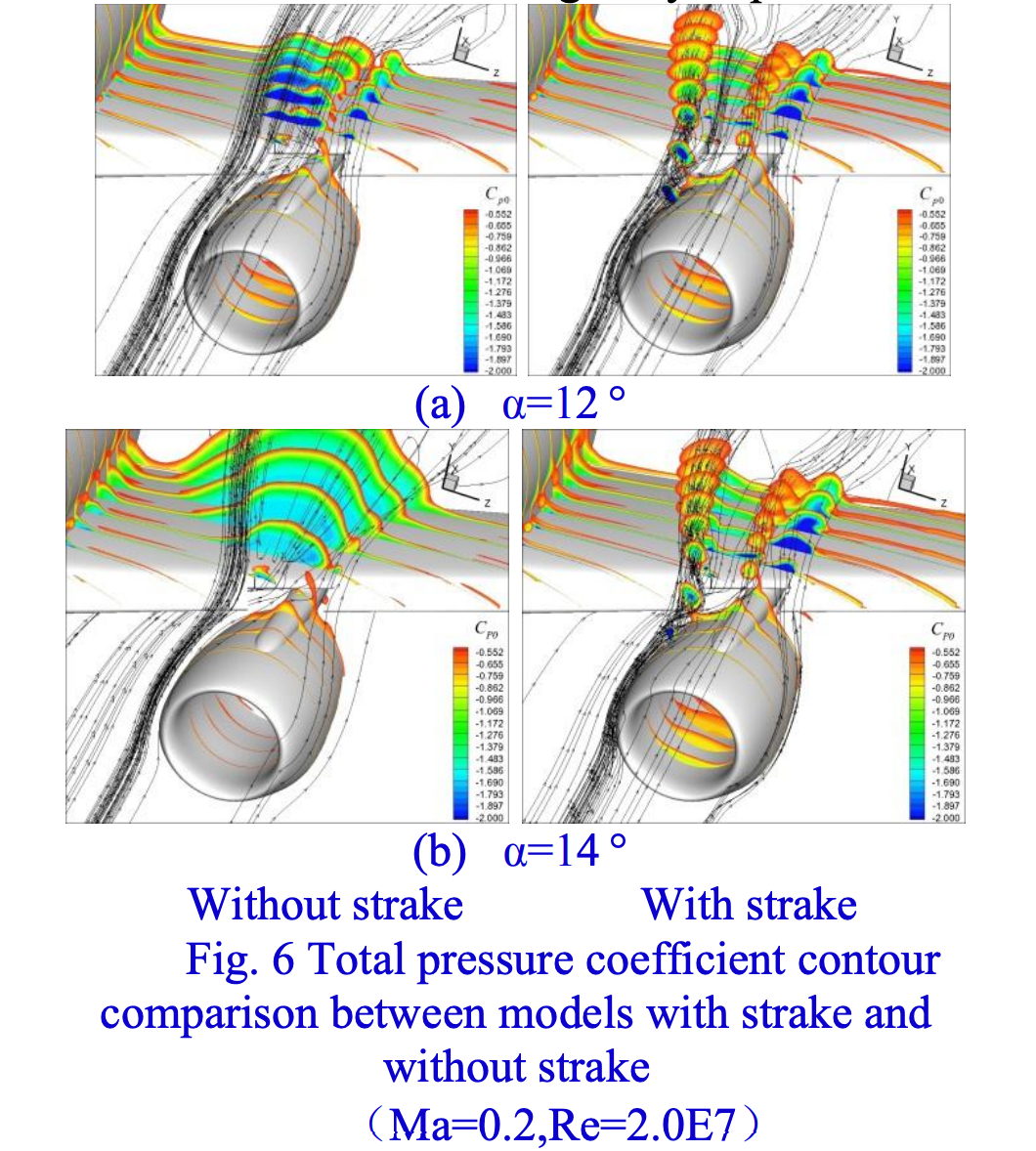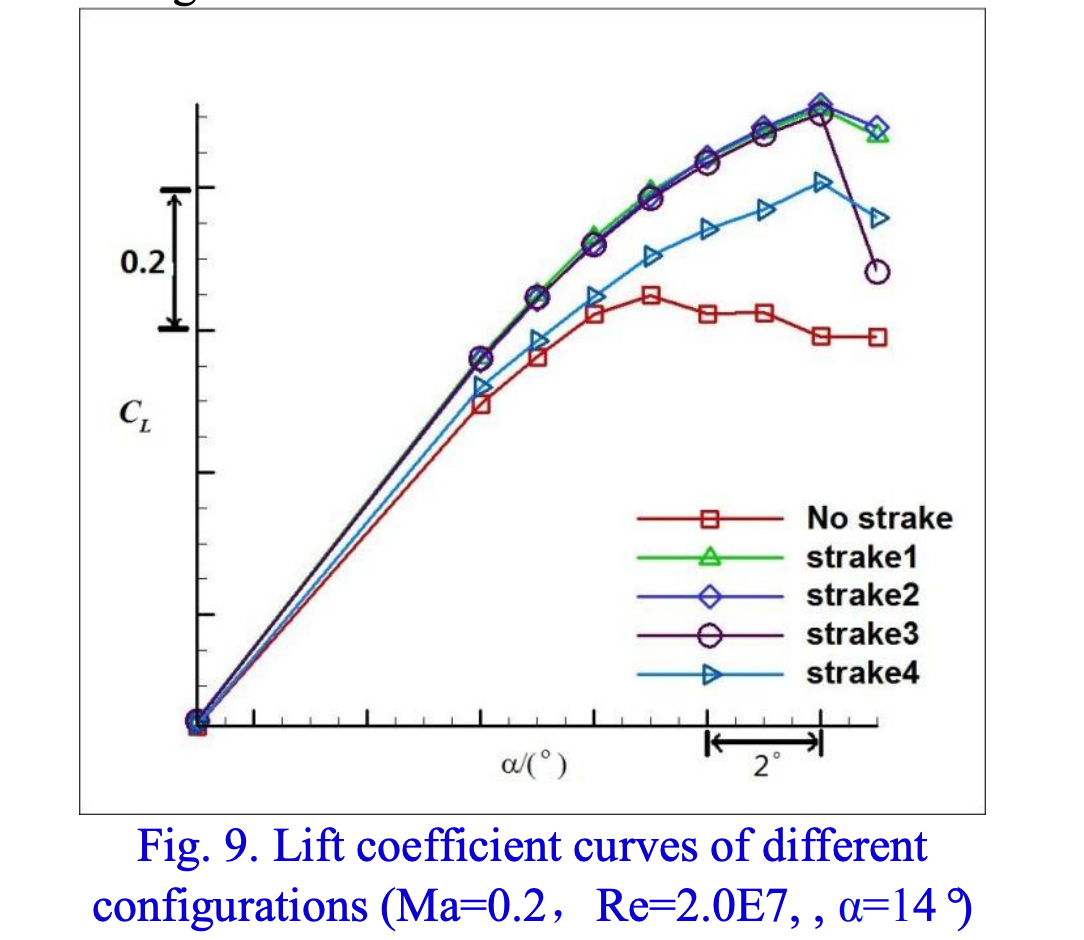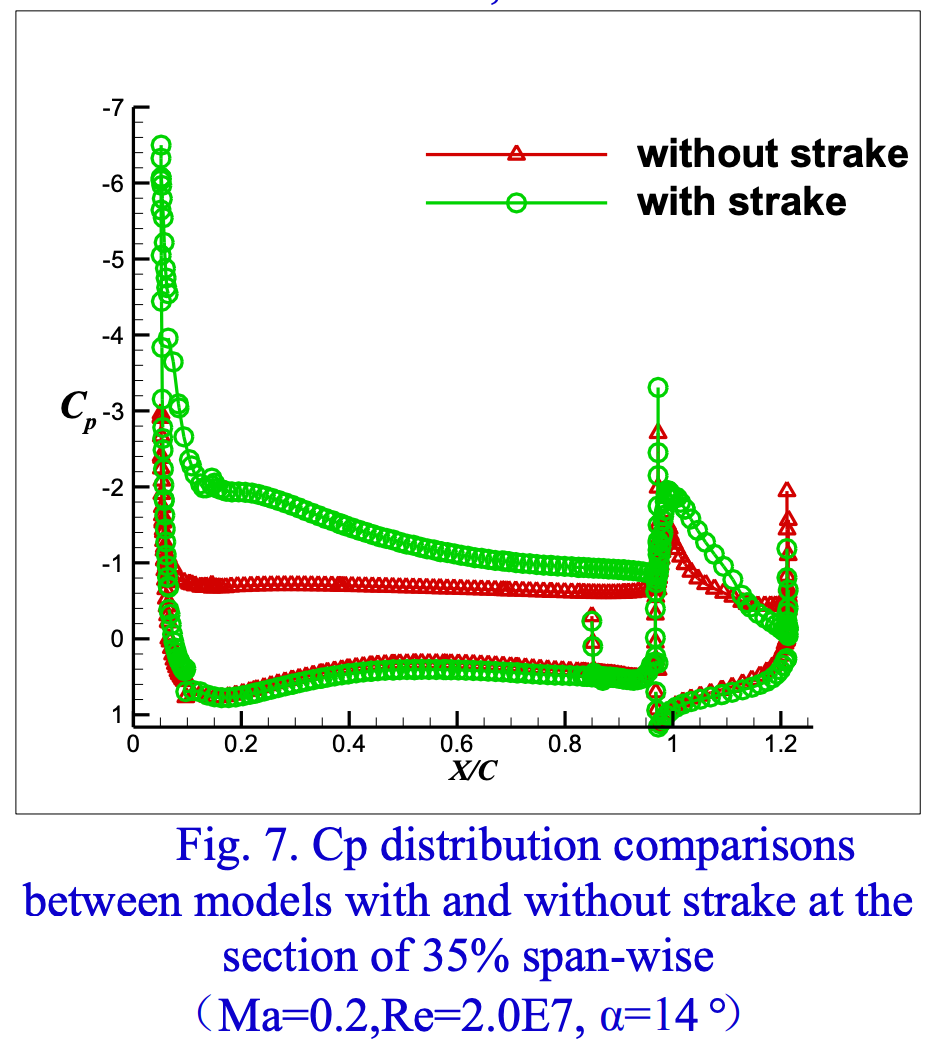Originally Posted by
MechEngr
Quite a few of the astonishing items in that article are false. But it is written as a Gish Gallop, so an equally lengthy response is required to debunk them.
Example: That the 737 MAX was unstable and MCAS corrects that instability. So far, all facts point to False. The 737 Max is stable and MCAS is not needed to correct instability. There are many others, but since it starts off with misinformation, it is not a good sign.
Pity that the conversation loses it's force in loose facts.
For the record, the strakes on the engine cowl are not fitted as an aid to stability, they make up for the decrement in CL at the higher AOA that arises from the interaction of the cowl flow and the wing with a close coupled cowl/wing design. The AOA that occurs at is high but all speeds for TO and landing are related to the stall speed, and therefore the decrement at stall impacts TO and landing requirements.
Indeed, as far as stability goes, they actually are slightly destabilising on a swept wing.... Why? Because... as AOA increases, the normal cowl will start to degrade flow conditions in the wake of the nacelle, (and a bit inboard...) and that lowers local CL. For the section it has a modest effect on Cm, but the overall geometry of losing CL inboard means that there is a shift of lift distribution span-wise towards the tip, and as the tips are swept... rearwards (makes the flutter stability nicerer) then there is an increase in nose down pitching moment as AOA increases. Yaay. That's nice. So. with the MAX-facktor, we get a biggerer effect from the interaction of the cowl, and the strakes were added... and that means we got a betterer CLmax, yaay, but it is destabilising. Fix MCAS, reset the strakes... add water and mix. Thats the aero fix, and you get a bit of a loss of performance for TO and LDG, which can be picked up with fun stuff on the TE of the flap, which also makes the wing work better in the cruise. Yet, here we are, 16 months into this debacle, awaiting a fix of a lousy software code and system architecture that could be removed completely with a hacksaw and some bondo. Now where did I put my bottle... its Miller time.
Simply put: for the restoration of CL that the strake give, you get rid of the natural negative Cm that occurs without them,... yet the program keeps them in place. Loopy $h[#.
[b]Happy pickky time:
Zhang, W., Chen, H., Zhang, Y., Fu, S., Chen, Y., Li, Y., and Zhou, T., “Numerical Research of the Nacelle Strake on a Civil Jet”, ICAS2012, 2012.



References cited in the above paper. The understanding on the effect of the strake goes back further than these to work in the mid 80's and early 90's. The improvement in CFD gives prettier pictures though. BTW, the same effect does occur on TP aircraft dependent on their cowl design, and a strake may improve CL at modest AOA, DLR has nice work on that recently giving a 10% increase in CL.
[1] Meredith P. T. Viscous Phenomena Affecting High Lift Systems and Suggestions for Future CFD Development. High-Lift Systems Aerodynamics. AGARD, CP 315, Sep. 1993, pp. 19-1~19-8.
[2] R. Rudnik. Stall Behaviour of the EUROLIFT High Lift Configurations. 46th AIAA Aerospace Sciences Meeting and Exhibit. AIAA Paper 2008-836, Reno, Nevada, January 2008.
[3] Harald Quix, Matthias Schulz and Jürgen Quest, et. al. Low Speed High Lift Validation Tests within the European Project EUROLIFT II. 25th AIAA Applied Aerodynamics Conference. AIAA Paper 2007-4298, Miami, FL, June 2007.
[4] H. Frhr. v. Geyr, N. Schade, J.W. v. d. Burg, et. al. CFD Prediction of Maximum Lift Effects on Realistic High Lift Commercial Aircraft Configurations within the European project EUROLIFT II . 25th AIAA Applied Aerodynamics Conference. AIAA Paper 2007-4299, Miami, FL, June 2007.
[5] Heinz Hansen, Peter Thiede, Frederic Moens, et. al. Overview about the European high lift research programme EUROLIFT. 42nd AIAA Aerospace Sciences Meeting and Exhibit. AIAA Paper 2004-767, Reno, Nevada, January 2004.
[6] R. Rudnik, H. Frhr. v. Geyr. The European High Lift Project EUROLIFT II –Objectives, Approach, and Structure. 25th AIAA Applied Aerodynamics Conference. AIAA Paper 2007-4296, Miami, FL, June 2007.
[7] Christopher L. Rumsey, Susan X. Ying. Prediction of high lift: review of present CFD capability. Progress in Aerospace Sciences. Vol. 38, pp 145-180, 2002.
[8] Jeffrey P. Slotnick, Judith A. Hannon, Mark Chaffin. Overview of the First AIAA CFD High Lift Prediction Workshop. 49th AIAA Aerospace Sciences Meeting including the New Horizons Forum and Aerospace Exposition. AIAA Paper 2011-862, Orlando, Florida, January 2011.
[9] HaiXin Chen, Song Fu, FengWei Li. Navier–Stokes Simulations for Transport Aircraft Wing/Body HighLift Configurations, JOURNAL OF AIRCRAFT, Vol. 40, No. 5,pp883-890, 2003.
[10] 1st AIAA CFD High Lift Prediction Workshop Gridding Guidelines,
http://hiliftpw.larc.nasa.gov.
[11]Niko F. Bier, David Rohlmann, Ralf Rudnik. Numerical Maximum Lift Predictions of a Realistic Commercial Aircraft in Landing Configuration. 50th AIAA Aerospace Sciences Meeting including the New Horizons Forum and Aerospace Exposition. AIAA Paper 2012-279, Nashville, Tennessee, January 2012.
[12]Peter Eliasson, Pietro Catalano, Marie-Claire Le Pape, et al. Improved CFD Predictions for High Lift Flows in the European Project EUROLIFT II. 25th AIAA Applied Aerodynamics Conference. AIAA Paper 2007-4303, Miami, FL, June 2007.
[13]Masahiro Kanazaki, Yuzuru Yokokawa,Mitsuhiro Murayama,et al., Efficient Design Exploration of Nacelle Chine Installation in Wind Tunnel Testing. 46th AIAA Aerospace Sciences Meeting and Exhibit. AIAA Paper 2008-155, Reno, Nevada, January 2008.
[14]Yuzuru Yokokawa, Mitsuhiro Murayama, Masahiro Kanazaki, et al., Investigation and Improvement of High-lift Aerodynamic Performances in Lowspeed Wind Tunnel Testing. 46th AIAA Aerospace Sciences Meeting and Exhibit. AIAA Paper 2008-350, Reno, Nevada, January 2008.
[15]Yuzuru YOKOKAWA, Mitsuhiro MURAYAMA, Hiro-shi UCHIDA, et al., Aerodynamic Influence of a Half-Span Model Installation for High-Lift Configuration Experiment. 48th AIAA Aerospace Sciences Meeting Including the New Horizons Forum and Aerospace Exposition. AIAA Paper 2010-684, Orlando, Florida, January 2010.
[16]Zhang Y., Chen H., Fu S., Improvement to Patched Grid Technique with High-Order Conservative Remapping Method, JOURNAL OF AIRCRAFT, Vol. 48, No. 3, pp. 884-893,2011.
[17]Zhang Yufei, Chen Haixin, Zhang Wensheng, et al., Wing/engine integrated optimization based on Navier-Stokes equations. 50th AIAA Aerospace Sciences Meeting including the New Horizons Forum and Aerospace Exposition. AIAA Paper 2012-1046, Nashville, Tennessee, January 2012.
[18]Zhang Yufei, Chen Haixin, Fu Song. A Karman Vortex Generator for Passive Separation Control in a Conical Diffuser. SCIENCE CHINA Physics, Mechanics & Astronomy, Vol.55, No. 5, pp. 828-836, 2012.